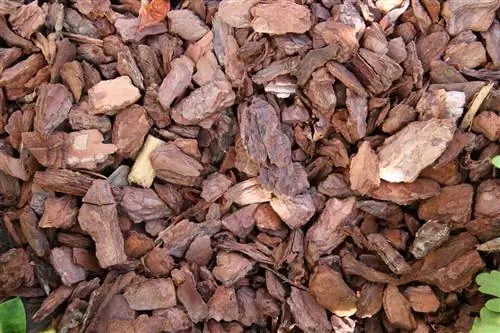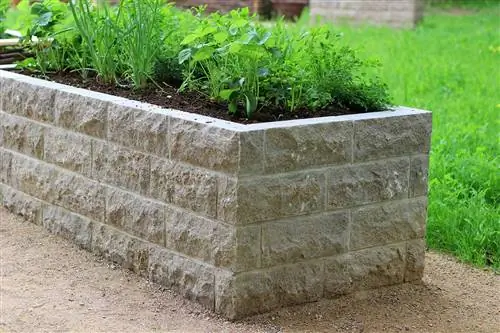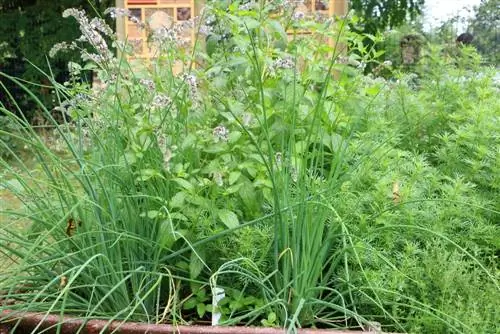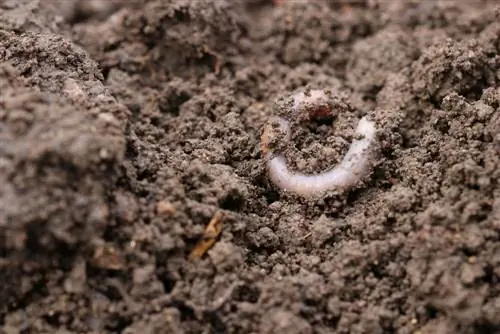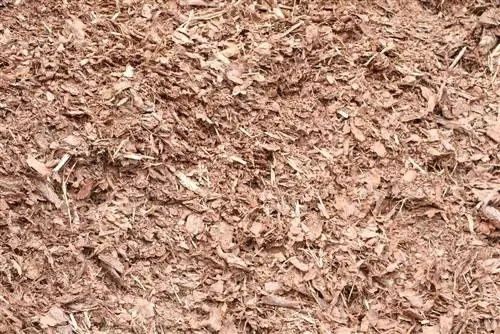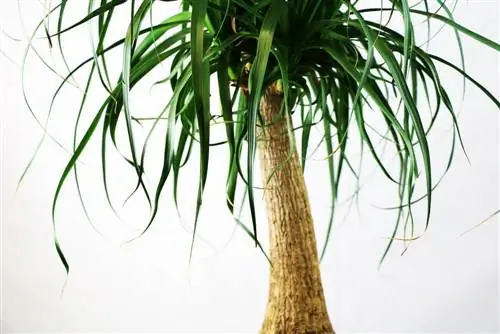- Author admin [email protected].
- Public 2023-12-17 03:39.
- Last modified 2025-01-24 12:45.
Mulch made from pine bark is an alternative to other types of bark due to its properties. The bark is more suitable for certain plants than others. In this guide you will find out which ones.
Advantages and disadvantages of pine bark
If you are interested in using pine bark as mulch, you should consider the advantages and disadvantages in addition to plant tolerance.
Advantages
Like all mulch, the bark has properties that, in addition to being used aslong-term fertilizerandmoisture storage, have a positive effect on its use.
These include:
- reduced nitrogen removal
- low tannic acid content
- lower cadmium release to the ground
- rotts for a comparatively long time
- pleasantly scented
- low pollution
Due to the advantages mentioned, the pine bark pieces can be used effectively as an alternative to other types of mulch. A large range of pine bark is available in the Paligo shop.
Disadvantages
Nevertheless, there is a clear disadvantage in direct comparison to other tree bark mulch: thecosts.
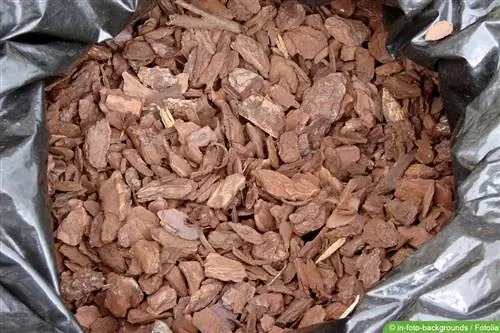
Pines come from the Mediterranean region and are only cultivated in regions with a similar climate because Central Europe is too cold for them. This means you have to expect 40 to 60 percent higher costs per cubic meter compared to bark mulch from local trees.
Other disadvantages are:
- higher CO2 consumption (longer transport routes)
- weaker weed inhibition
Note:
Since pieces of pine bark are available in small grain sizes of 0 to 15 mm, the mulching material is ideal for container and potted plants.
Suitable plants
Bark from pine trees (Pinus pinea) can be used like conventional mulch and the orange-red color is also a visual highlight in the bed.
Acid-loving plants
Many trees and perennials that have no problem with slightly acidic to acidic soil can be mulched with pieces of pine bark. Despite the low acid release, the soil enriches with a little tannic acid as it is used, which is recommended for the following plants, for example:
- Heather herbs (Erica)
- Hydrangea (Hydrangea)
- Camellias (Camellia)
- Daffodils (Narcissus)
- Rhododendrons (Rhododendron)
- Rowberry (Sorbus aucuparia)
Shadow and partial shade plants
In addition to acid-loving plants, shade and partial shade plants benefit from pine bark mulch. They are naturally used to more moisture and usually prefer cooler temperatures. You can also combine them excellently with trees to provide the plants with shade. The mulch supplies the shady tree with moisture and nutrients. Larkspurs (Corydalis) or purple bells (Heuchera) can be mentioned here.
Orchids
Pine bark is also very often used as a pot plant for orchids (Orchidaceae). This gives the actual climbing plant a good hold and also appeals to many orchid fans with its appearance. In addition to the bark, various other filling materials are also used here.
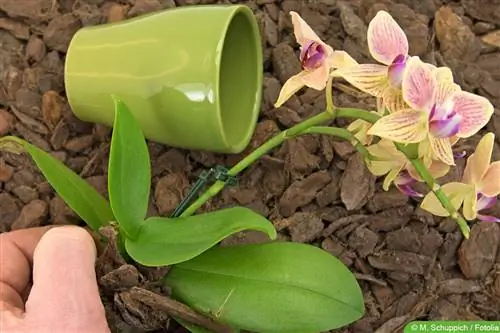
Ferns
Ferns are one of those plants that can survive completely on their own in the right location. When cultivating ferns, it is important to have sufficient soil moisture and protection against excessive heating. Pine bark is ideal here because it rots slowly. You have to change the mulch significantly less, which has a positive effect on the vitality of the ferns.
Note:
In addition to being used as plant mulch, you can easily use the bark as a covering for paths or to border beds and garden ponds.
Unsuitable plants
Despite its usefulness for a variety of plants, pine bark is not recommended for every crop. There are certain types that either do not benefit at all from Mediterranean mulch or whose vitality suffers from its use:
Heat-loving plants
If you want to plant sun lovers and heat-loving plants, you should avoid pine bark mulch. Plants that prefer a lot of sun and, above all, warmth cannot cope with a layer of mulch. The earth needs to warm up, which is prevented by the bark. At the same time, the soil cannot dry out, which can quickly lead to waterlogging because the plants are more drought-resistant. For example, roses (Rosa) or raspberries (Rubus) should not be mulched.
Vegetables
Vegetables should not be mulched as this removes nitrogen from the soil, which the plants need for growth. Pine bark steals significantly less nitrogen from the earth than, for example, pine bark, but you shouldn't count on it.
Rock garden plants
Although pine trees are Mediterranean trees, you should not mulch your rock gardens with the bark. As with sunbathers, the bark ensures that the ground cools down more quickly. Rock garden plants such as rock alyssum (Aurinia saxatilis) or large sedum (Sedum telephium) should preferably be mulched with gravel.

